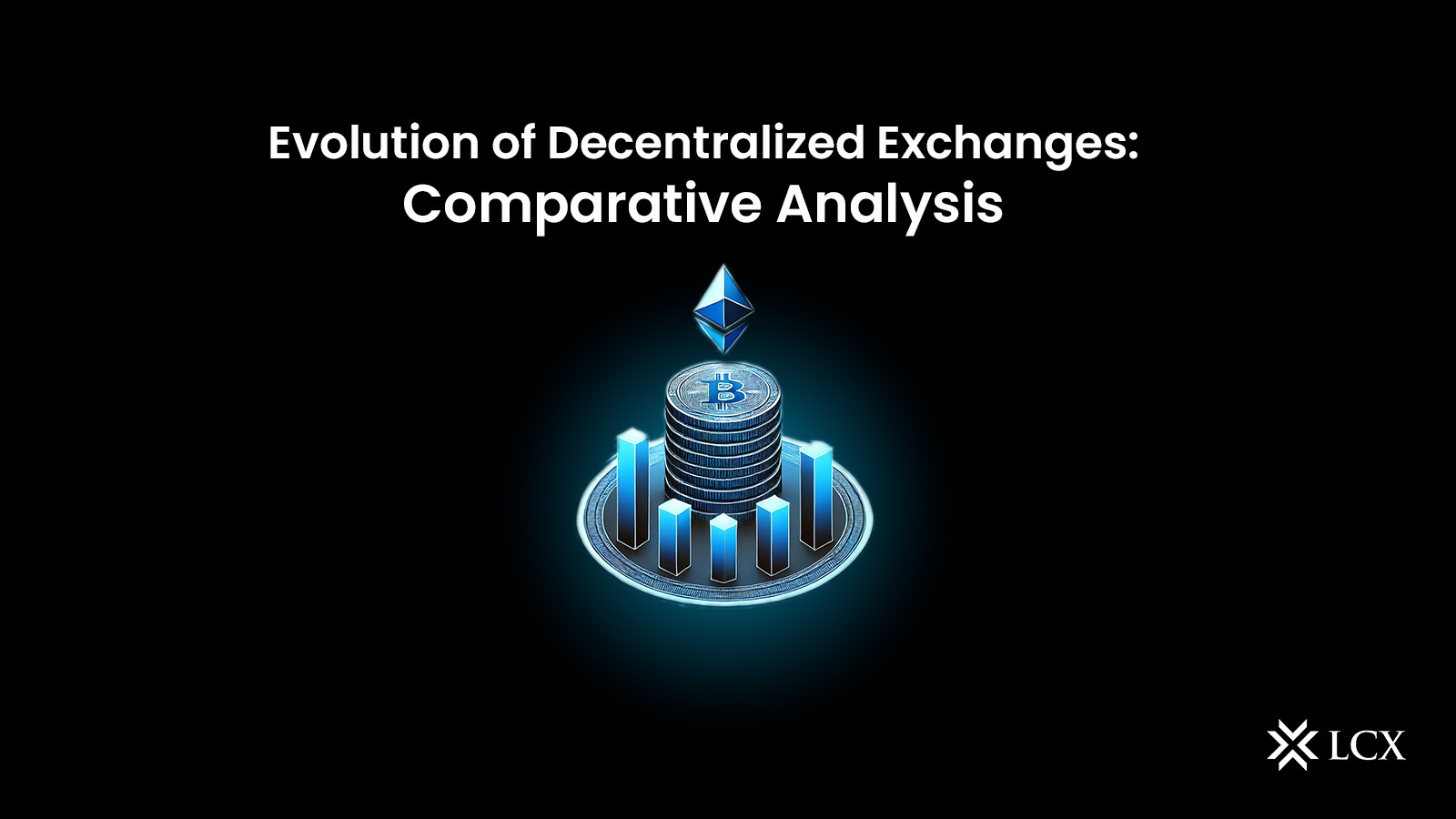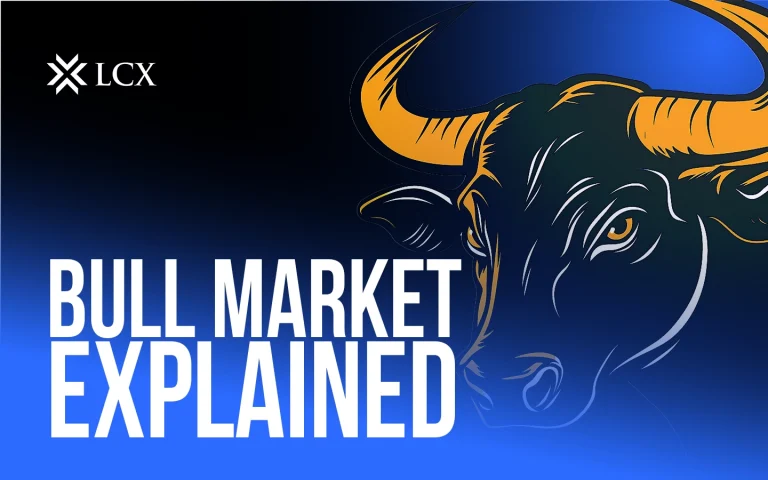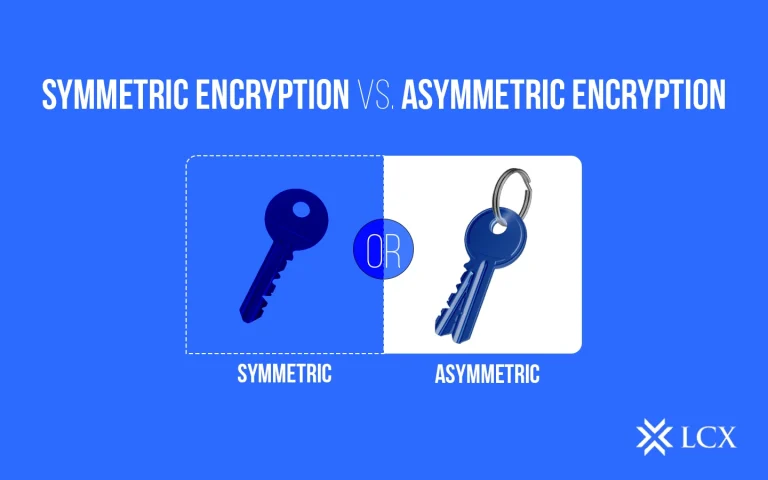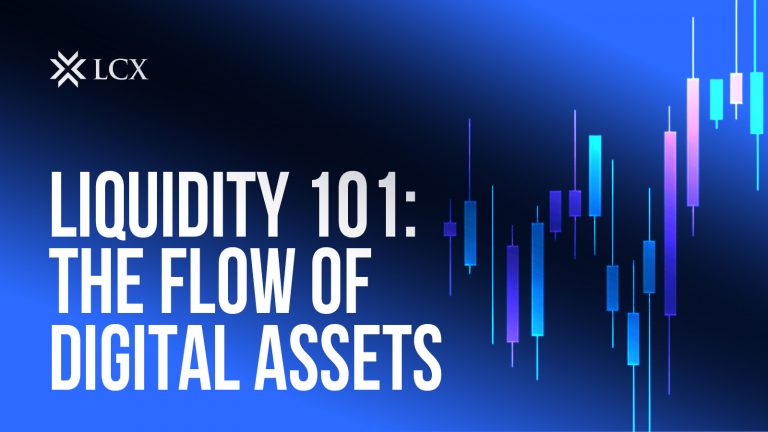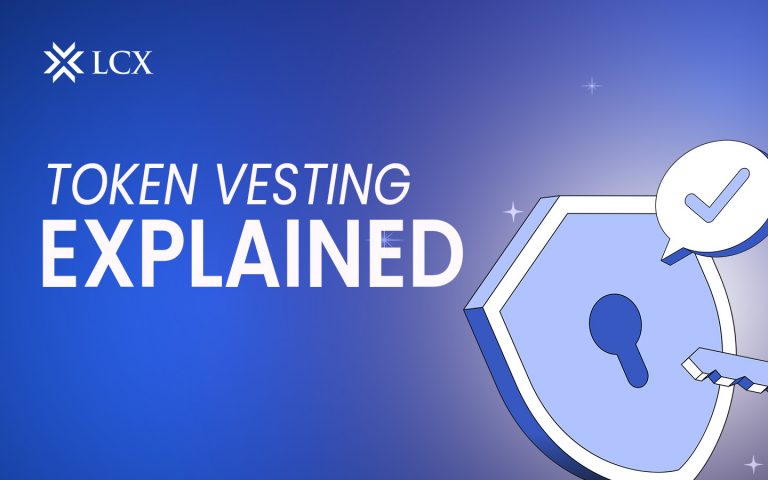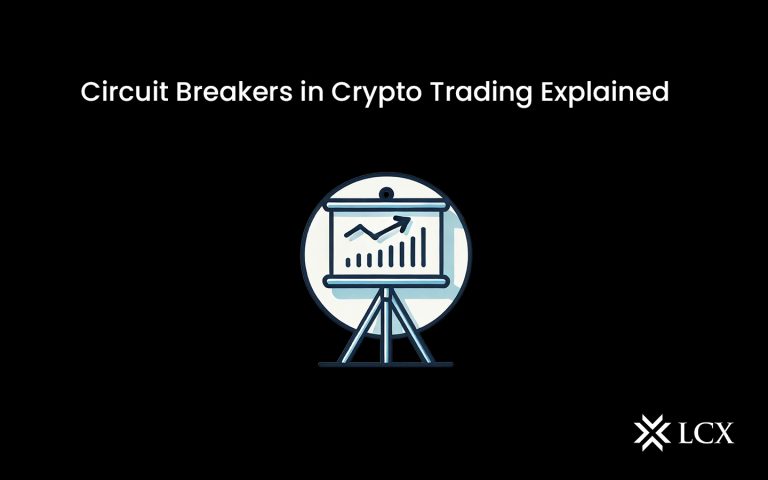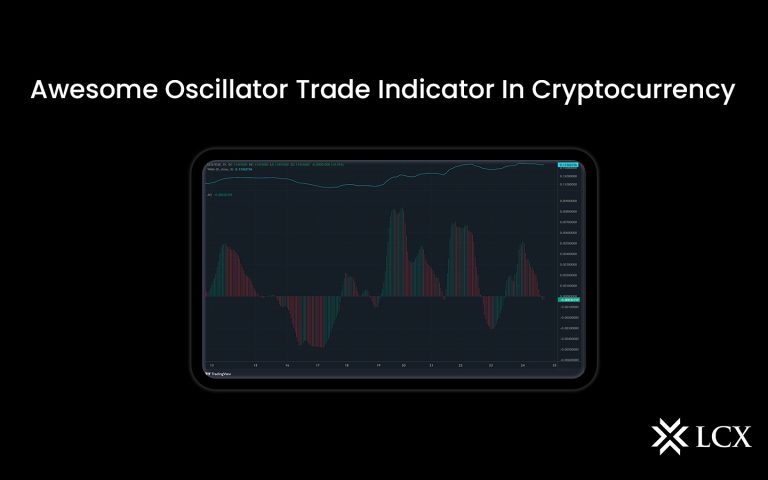As we examine the transition from automated market makers (AMMs) to the time-tested order book model, we shall delve into the evolution of DEXs. It is crucial to comprehend the intrinsic benefits and obstacles associated with each methodology and ascertain the potential of UTXO-based blockchains to revolutionize the trading domain and unite conventional finance with the ever-evolving realm of cryptocurrencies.
The Emergence of DEXes: Addressing Centralized Exchange Limitations
Decentralized exchanges (DEXs) have emerged as viable substitutes for the difficulties associated with centralized exchanges, such as susceptibilities to hacking, mandatory know-your-customer (KYC) verifications, opaque account administration, and authority over private keys. However, centralized platforms are of utmost importance as they function as entry points for novices to the cryptocurrency domain, providing guidance throughout this emerging sector.
Historically, order book models have been utilized by traditional exchanges to optimize capital utilization and facilitate dynamic price discovery. Conversely, numerous contemporary DEXs employ the AMM system, which presents an array of inefficiencies and difficulties that will be further examined in the following sections.
In order to gain acceptance and recognition from major financial institutions, DEXs might benefit from incorporating an order book architecture, which would attract experienced traders seeking sophisticated features that are presently exclusive to conventional financial systems.
AMM: A Revolutionary Shift in the DeFi Landscape
AMM model implementation signified a turning point in the DeFi ecosystem. As a result of the desire to incorporate the order book system into DEXs, the AMM model was developed; Vitalik Buterin, co-founder of Ethereum, formulated this concept. This novel methodology resolved the persistent liquidity obstacles that had hitherto impeded the extensive implementation of DEXs on platforms such as Ethereum. Since then, the preponderance of DEXs that operate on both BSC and Ethereum have adopted this model.
Limitations of the AMM Model
AMM DEXs encounter a principal obstacle in the form of impermanent loss, which occurs when the volatility of token prices within a pool can result in liquidity providers obtaining a lesser value in return for their assets than if they had simply retained them. Moreover, slippage is a significant concern for the model, particularly in pools with limited liquidity, as it can lead to transactions being executed at less advantageous rates. Asset-backed token indices (AMMs) require equivalent values for each token in a pair, which may not always be capital efficient. Additionally, the asset ratio in the pool is utilised to determine prices rather than authentic market dynamics, which can result in less precise price representations on occasion.
Moreover, the AMM architecture may unintentionally facilitate the emergence of arbitrage prospects. Although these arbitrageurs contribute to the maintenance of price uniformity across markets, they do deplete the reservoir of value, which could have a negative impact on liquidity providers.
Finally, strategic trading is constrained by the lack of diverse order categories, such as stop or limit orders.
The Order Book Model
Exchanges founded on order books are the prevailing norm in international financial markets. A fundamental component of these exchanges is an order book, which is an ever-evolving and dynamic compilation of buy and sell orders.
This mechanism enables merchants to observe supply and demand at various price levels in a transparent manner, thereby facilitating price discovery. In addition, it provides traders with the ability to execute various order types, including limit and market orders, thereby enabling them to execute nuanced trading strategies.
The real-time characteristics of the order book afford institutional and retail traders vital insights into market sentiment and depth. The order book model has been widely implemented by major global exchanges, which serves as evidence of its dependability and efficacy in upholding market integrity.
Why UTXO-Based Blockchains Work Well With Order Book Systems?
The order book paradigm is particularly well-suited for UTXO-based blockchains, which enable peer-to-peer trading rather than the consolidation of transactions into liquidity pools. In addition, transactions are executed with a significant degree of concurrency, which facilitates expedited order matching. Furthermore, complete visibility into the order book status and trading record is preserved.
In addition, the inherent capability of UTXO systems to execute transactions concurrently proves to be exceedingly advantageous for order book mechanisms, which are tasked with simultaneously processing a multitude of disparate buy and sell orders. As a result, complex order book operations, including settlement and order matching, can be automated in a manner that is computationally efficient while simultaneously leveraging the security and dependability offered by smart contracts.
Fundamentally, UTXO-based blockchains could facilitate the transition from centralized to decentralized commerce by implementing the order book model.
Final Thoughts
The cryptocurrency industry is currently experiencing a period of significant change as DEXs contemplate a transition from AMM models to more conventional order book structures. Although AMMs do provide distinct benefits, their drawbacks have facilitated the implementation of order book models, particularly on UTXO-based blockchains.
This transition, which combines the advantages of decentralized platforms and centralized trading, could aid in addressing the challenges posed by AMMs. As decentralized exchanges (DEXs) progress in maturity, the integration of conventional financial mechanisms with decentralized architectures exhibits the potential to fundamentally transform the trading domain, augment user experiences, and encourage wider acceptance of DeFi platforms.
It is probable that forthcoming developments in cryptocurrency trading will incorporate characteristics that emerge from the convergence of conventional finance and the rapidly expanding crypto space.
